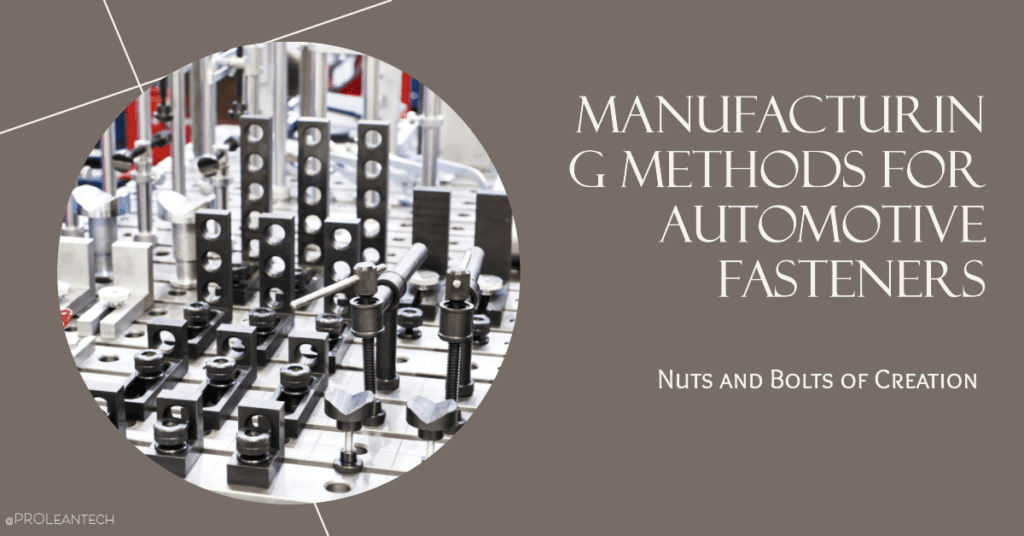
Automotive fasteners, though small and often unnoticed, play an undeniably crucial role in holding together the various parts of a vehicle. These fasteners’ strength, quality, and precision can directly influence the overall performance and safety of the car. Therefore, understanding the manufacturing methods employed in creating automotive fasteners is essential.
This article will explore different manufacturing techniques such as cold forming, hot forging, machining, and casting, offering insights into their application.
Method 1: Cold Forming for the High-Speed Solution
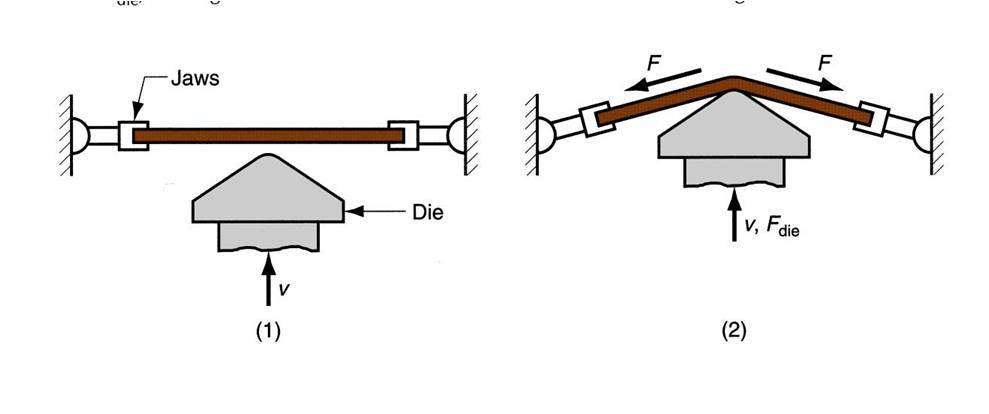
Cold forming, sometimes referred to as cold heading, is a manufacturing method often employed for mass-producing standard automotive fasteners such as screws, bolts, and nuts. The process involves deforming a metal wire or rod at room temperature to generate parts at a high production rate.
During cold forming, a coil of wire or rod is fed into a machine that cuts it into the desired lengths. Each length of wire is then placed in a die and subjected to a series of blows from a hydraulic or mechanical punch. The force applied during these blows shapes the metal into the desired form without removing any material.
The cold-forming process is typically performed in several stages to progressively shape the metal into the final part design. Stages can include upsetting (increasing the diameter of the wire), extruding (decreasing the diameter), forward and backward extrusion (creating hollow parts), and trimming and piercing to create additional features.
Advantages and Disadvantages of Cold Forming
| Benefits | Drawbacks |
|---|---|
| High production rates: Capable of producing thousands of parts per hour | Limited complexity: Less suitable for parts with complex shapes or intricate features |
| Material savings: As a chip-less forming process, there’s little to no material waste | Initial setup costs: The cost of setting up the cold forming process, including the manufacture of dies, can be high |
| Enhanced properties: Improves the mechanical properties of the metal, such as hardness and tensile strength | – |
Method 2: Hot Forging for the Heavy-Duty Fasteners
Unlike cold forming, hot forging involves heating the metal until it becomes malleable, and then force is applied to shape it into the desired form. This process is commonly used for larger fasteners or those that demand exceptional strength and durability, such as engine bolts, axle shafts, or crankshafts.

In hot forging, a piece of metal is heated to a temperature where it becomes more malleable (typically above its recrystallization temperature). This heated metal billet is then placed in a die and hammered or pressed into the desired shape. The formed part is then cooled in a controlled manner to prevent the formation of undesirable microstructures.
Advantages and Disadvantages of Hot Forging
Hot forging comes with its own set of advantages:
- Improved strength: The hot forging process refines the grain structure of the metal and enhances its mechanical properties.
- Versatility: It can produce a wide variety of complex shapes and large sizes.
But it also has some disadvantages:
- Cost: Hot forging generally involves higher costs due to the energy required to heat the metal and the need for complex machinery.
- Cooling cracks: If not cooled properly, the forged parts can develop cracks or distortions.
Method 3: Machining for High Precision and Complexity
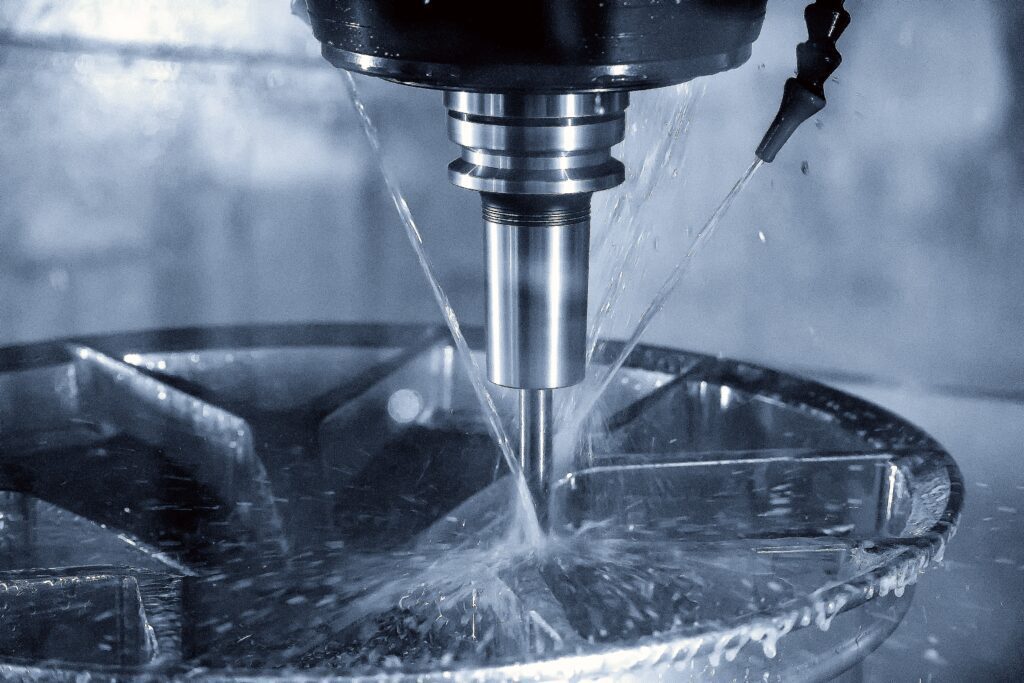
The CNC milling center cutting the alloy wheel by solid ball endmill tool with coolant method. The magnesium alloy wheel manufacturing process by machining centre.
In situations where the desired fastener requires more intricate features, greater precision, or is composed of material unsuitable for cold forming or hot forging, machining is often the go-to method. This process involves the controlled removal of material from a workpiece to create the desired shape.
In machining, a rotating cutting tool (usually a drill bit or an end mill) is used to selectively remove material from a workpiece. Various operations can be performed, including drilling (creating holes), milling (cutting away material using a rotary cutter), and turning (rotating the workpiece while the cutting tool moves in a linear motion).
Computer Numerical Control (CNC) technology is frequently used in machining processes, offering exceptional precision and the ability to replicate intricate designs.
Advantages and Disadvantages of Machining
Machining offers several benefits:
- Precision: The use of CNC technology enables extremely tight tolerances and high levels of accuracy.
- Flexibility: Almost any material can be machined, and the process is suitable for both small and large parts.
However, there are also a few drawbacks:
- Cost: Machining is often slower and more costly than forming methods, particularly for high-volume production.
- Material waste: Unlike forming processes, machining involves the removal of material, which can result in waste.
Method 4: Casting for Complex and Non-Ferrous Materials
Casting is another manufacturing method used to create automotive fasteners, particularly for parts that are large, complex, or made from non-ferrous materials such as aluminum, brass, or bronze.
In the casting process, liquid metal is poured into a mold that contains a hollow cavity in the shape of the desired part. The metal is then allowed to solidify, after which the part is removed from the mold, resulting in a fastener that requires minimal finishing or machining.
Advantages and Disadvantages of Casting
| Advantages | Disadvantages |
|---|---|
| Casting is well-suited to produce parts with complex shapes that would be difficult to manufacture through other methods. | The surface finish of cast parts is typically not as smooth as that of forged or machined parts. |
| It’s particularly beneficial for non-ferrous materials which are unsuitable for forming processes. | Casting does not offer the same level of precision as machining, so further machining may be required for precision features. |
Choosing the Right Manufacturing Method for Automotive Fasteners
Choosing the right manufacturing method for automotive fasteners is vital. It often hinges on factors like the required volume of production, the complexity of the fastener’s design, the required level of precision, and the specific material properties.
1. Volume of Production
Cold forming is often the method of choice for high-volume production due to its high speed and efficiency. For lower volumes or for prototypes, machining or even 3D printing may be more cost-effective due to lower upfront tooling costs.
2. Design Complexity
Design complexity is another crucial factor. For complex designs, casting may be an ideal choice as it can readily produce intricate shapes. When high precision is required, such as for automotive engine components, machining often takes the lead.
3. Material Properties
Material properties are also significant. For example, steel fasteners can be cold formed, hot forged, or machined, while non-ferrous materials like aluminum or brass are more often cast or machined.
How Prolean’s On-Demand Machining Services Fit In?
With all of these manufacturing methods available, Prolean’s on-demand machining services offer a versatile solution for fastener production. Regardless of the material, design complexity, or volume, Prolean can deliver high-quality, precision fasteners to meet the demands of the automotive industry.
Thanks to our advanced CNC machines, we can provide fasteners with extremely tight tolerances, meeting the high precision requirements of the automotive industry. Our capability to handle various materials and designs adds flexibility to our services, accommodating both low- and high-volume orders.
With on-demand services, Prolean can significantly reduce the time from design to part, enabling rapid prototyping and quick response to changes in demand or design modifications. This agility can be particularly beneficial in a dynamic and fast-paced industry like the automotive industry.
Conclusion
The world of automotive fasteners is intricate and multifaceted, with a variety of types and manufacturing methods available to meet the diverse needs of the industry. By understanding these factors and working with reliable partners like Prolean, manufacturers can ensure the creation of durable, high-quality fasteners that contribute to the overall performance and safety of automotive vehicles. Whether through cold forming, hot forging, machining, or casting, each method offers unique benefits and potential challenges that need to be considered carefully during the fastener selection process.
FAQs
What are the most common types of automotive fasteners?
Nuts, bolts, screws, and rivets are among the most common types of automotive fasteners.
What factors influence the selection of manufacturing methods for automotive fasteners?
Factors include the volume of production, design complexity, the required precision, and the material properties of the fastener.
What services does Prolean offer in the automotive fastener space?
Prolean offers on-demand machining services, providing high-quality, precision automotive fasteners for a range of applications.
Why is the choice of manufacturing method important for automotive fasteners?
The manufacturing method affects the cost, speed of production, quality, and performance characteristics of the fastener, making it a critical factor in the automotive industry.
How do Prolean’s on-demand machining services add value in the automotive industry?
Prolean’s services offer flexibility, high precision, and quick turnaround times, which are essential in the dynamic automotive industry.

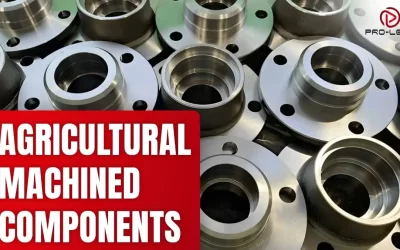
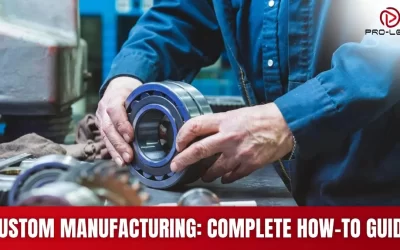
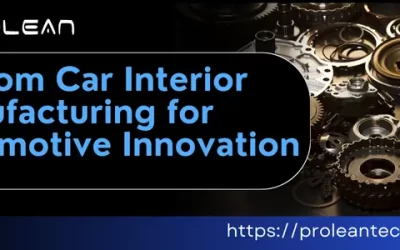
Hello, there. We are a startup focusing on Go-carts. Can you provide the stainless steel fasteners. We have our own custom design.
Thank you Arjun for reaching out to us, yes we can manufacture custom fasteners with hot forging, cold forming, micro machining, and other processes. You can upload your design and mention other specifications for detailed information.